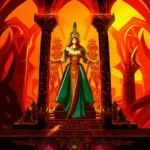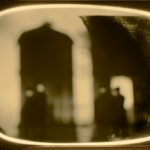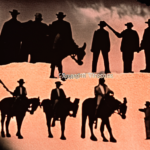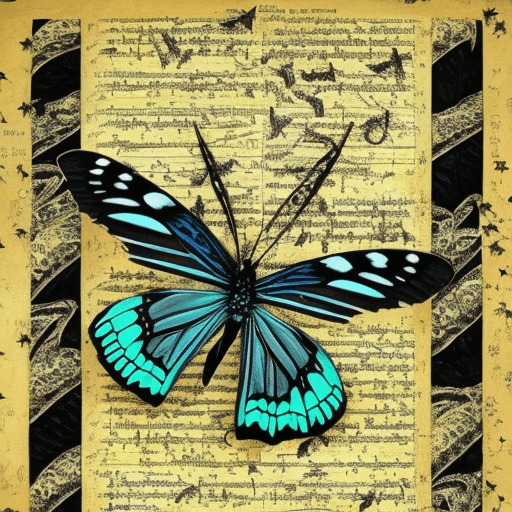Brazil by Terry Gilliam
Summary: In a dystopian society plagued by bureaucracy and surveillance, a low-level government worker named Sam Lowry finds himself caught in a web of dreams, love, and rebellion as he tries to escape the oppressive system.
Main Cast and Crew:
- Director: Terry Gilliam
- Writers: Terry Gilliam, Tom Stoppard, Charles McKeown
- Main Actors: Jonathan Pryce as Sam Lowry, Kim Greist as Jill Layton, Robert De Niro as Archibald “Harry” Tuttle, Ian Holm as Mr. Kurtzmann, Bob Hoskins as Spoor
- Music Director: Michael Kamen
- Director of Photography: Roger Pratt
- Producers: Arnon Milchan, Patrick Cassavetti
Plot:
In the bureaucratic world of the future, Sam Lowry, a low-ranking government employee, finds solace in his vivid daydreams where he is a winged hero. When a mistake in the system leads to the wrongful arrest and death of an innocent man, Sam becomes entangled in a series of events that challenge his perception of reality.
Sam’s life takes a turn when he meets Jill Layton, a woman who resembles the woman in his dreams. Determined to find her, Sam navigates the labyrinthine bureaucracy and uncovers a plot involving his own government. Along the way, he encounters Archibald “Harry” Tuttle, a renegade heating engineer, who becomes both a mentor and a source of inspiration.
As Sam delves deeper into the corrupt system, he discovers the true extent of the government’s control over its citizens. The film explores themes of individuality, freedom, and the dehumanizing effects of a totalitarian regime. Through surreal imagery and dark humor, Terry Gilliam creates a nightmarish world where paperwork and surveillance are omnipresent, and personal identity is at stake.
Themes and Motifs:
The central theme of “Brazil” revolves around the struggle between individuality and conformity. The film critiques the dangers of an overly bureaucratic society and the loss of personal freedom. It also explores the power of imagination and dreams as a means of escape from a bleak reality.
Gilliam employs a variety of motifs throughout the film, including recurring images of wings symbolizing freedom and escape, as well as the recurring theme of ducts and pipes representing the hidden infrastructure of control. The film’s visual style, characterized by its dark and cluttered sets, reflects the chaotic and oppressive nature of the world it portrays.
Reception and Legacy:
Upon its release in 1985, “Brazil” received critical acclaim for its imaginative storytelling and visual flair. Although it initially faced distribution challenges due to its dark tone, the film has since gained a cult following and is regarded as a cult classic.
The film was nominated for two Academy Awards and won several BAFTA Awards. Its influence can be seen in subsequent dystopian films, such as “The Matrix” and “Blade Runner,” as well as in the steampunk genre. “Brazil” is often praised for its thought-provoking themes, stunning visuals, and memorable performances.
Recommendation:
“Brazil” is a must-watch for fans of dystopian cinema and those who appreciate Terry Gilliam’s unique visual style. It offers a dark and satirical commentary on bureaucracy and the erosion of personal freedom. The film’s surreal and imaginative storytelling, combined with its stellar cast, makes it a thought-provoking and visually stunning experience.
Memorable Quote:
“We’re all in it together, kid.” – Archibald “Harry” Tuttle












